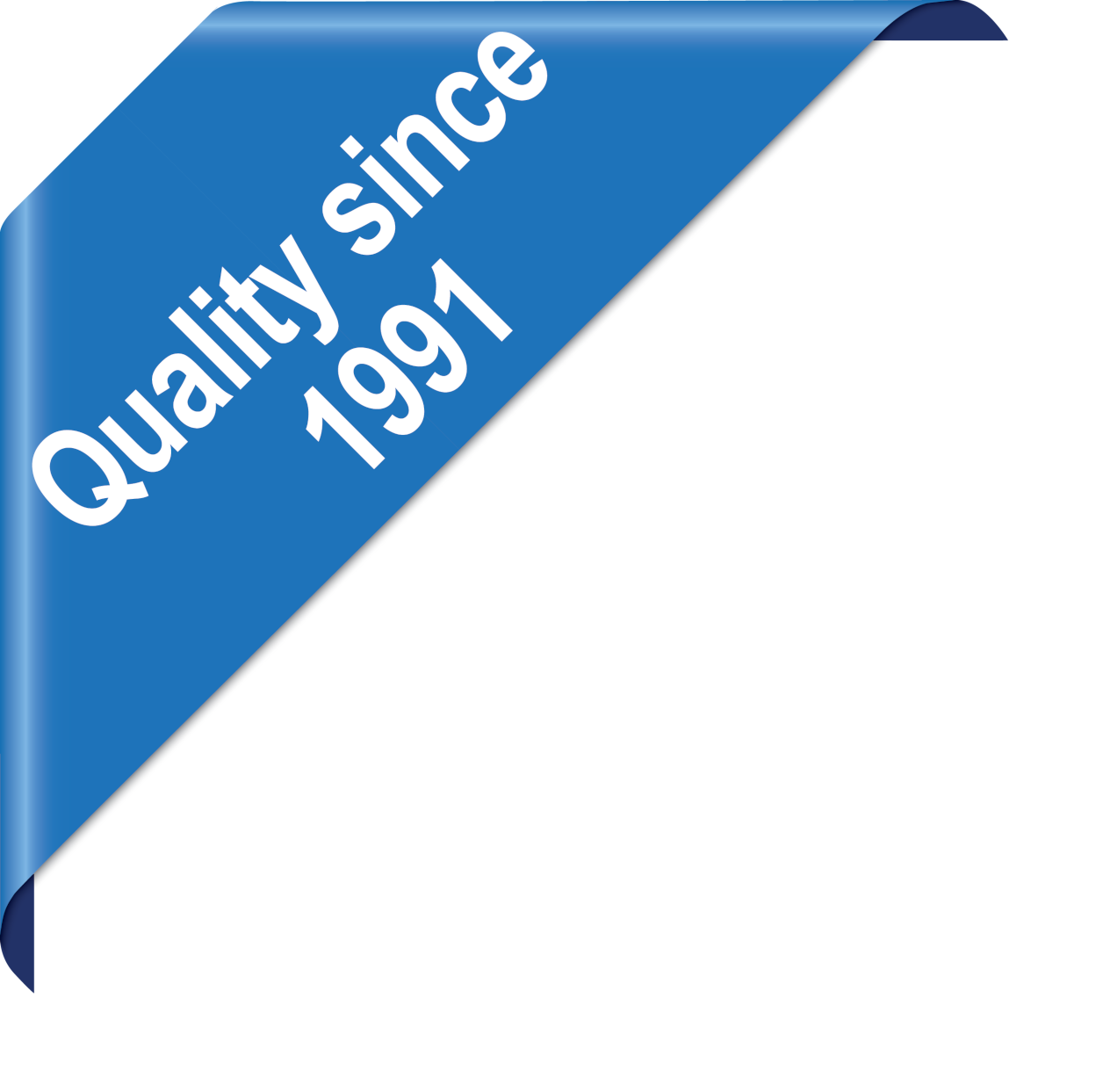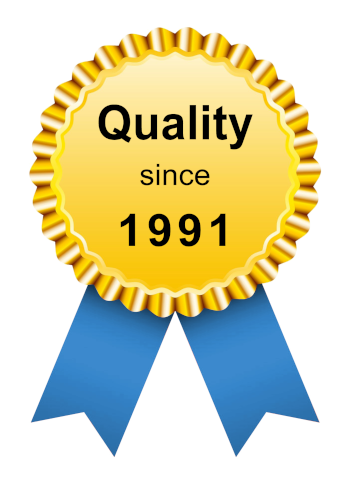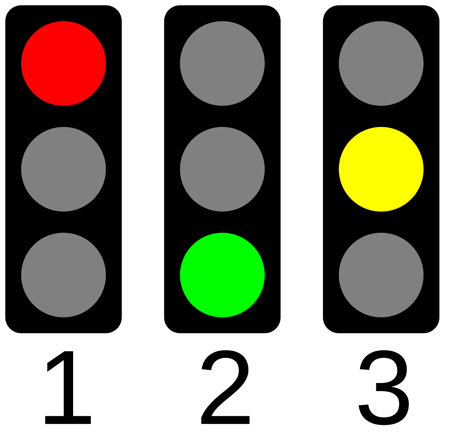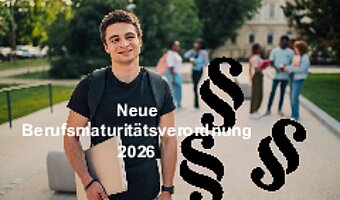

Traffic light system as a learning strategy for children and adolescents
When students discover the self-assessment of their own strengths and weaknesses, this realization will have a positive impact on their learning strategy and success. Here we introduce the traffic light system as a learning strategy and its advantages to make learning more effective. What does self-assessment have to do with the traffic light system? How does learning work with this learning strategy? What are the advantages of this traffic light system? You can get the answers to these questions yourself from this article.
The traffic light system is used in different areas of life and the colors mean:
Red: danger, problem, border crossing
Yellow: warning, threat
Green: all is well, no complaint
Many schools use the traffic light system for social behavior and thus control consideration and respect among each other.
Now we adapt the traffic light system known from pedagogy to the learning strategy.
Choose your Gymnasium preparation course now!
Self-assessment with the traffic light system as a learning strategy.
An important factor for successful learning is self-assessment. This enables the learner to recognize:
- What they learn and have already learned
- What they found difficult
- Where more help is needed
- What helps them learn
However, many students are not aware of how to effectively achieve the learning goal. Many topics that they have already mastered are repeated too often. It would be much more time-saving to focus on individual topics that do not yet sit.
Making learning more effective with the traffic light system? - This is how it works!
The learner marks his completed exercises with the traffic light colors as follows:
Green: Task could be solved safely and without help.
Yellow: There are still uncertainties or errors, but they could be solved by looking up the problem and thinking about it.
Red: Task could not be solved.
It is sufficient to put a dot or a sign in the corresponding color behind the task.
After the exercises have been solved and checked with the results, it is now easy to see which types of tasks cause problems and which have already been mastered. In addition, it is also easy to see to what extent the learning content has not yet been understood. In the case of tasks marked in yellow, the solution could be clarified and understood independently by looking them up, whereas tasks marked in red must be explained again by a teacher, parent or classmate. In the case of tasks marked in red, ask specifically and do not immediately complain: "I can't figure it out". Rather, ask why the results are only correct by chance. If you understand the subject, there will be at most occasional careless mistakes.
After the learning content of the yellow and red marked tasks has been repeated, after a few days the red marked exercises are repeated and re-marked. If there are again yellow and red marked tasks, these must be clarified again and the process repeated until all tasks are correct. It is also a good idea to alternate between yellow- and red-marked tasks during the practice sessions. This ensures that the uncertainties in the yellow-marked exercises have been resolved.
This procedure can be repeated as often as desired until all tasks have been solved without difficulty.
Making learning more effective with the traffic light system? - This is how it works!

The learner marks his completed exercises with the traffic light colors as follows:
Green: Task could be solved safely and without help.
Yellow: There are still uncertainties or errors, but they could be solved by looking up the problem and thinking about it.
Red: Task could not be solved.
It is sufficient to put a dot or a sign in the corresponding color behind the task.
After the exercises have been solved and checked with the results, it is now easy to see which types of tasks cause problems and which have already been mastered. In addition, it is also easy to see to what extent the learning content has not yet been understood. In the case of tasks marked in yellow, the solution could be clarified and understood independently by looking them up, whereas tasks marked in red must be explained again by a teacher, parent or classmate. In the case of tasks marked in red, ask specifically and do not immediately complain: "I can't figure it out". Rather, ask why the results are only correct by chance. If you understand the subject, there will be at most occasional careless mistakes.
After the learning content of the yellow and red marked tasks has been repeated, after a few days the red marked exercises are repeated and re-marked. If there are again yellow and red marked tasks, these must be clarified again and the process repeated until all tasks are correct. It is also a good idea to alternate between yellow- and red-marked tasks during the practice sessions. This ensures that the uncertainties in the yellow-marked exercises have been resolved.
This procedure can be repeated as often as desired until all tasks have been solved without difficulty.
Informations about Gymnasium preparation
Suitability and advantages of the traffic light system
The traffic light system is particularly useful for subjects such as Mathematics and Physics. In these subjects, there are many different tasks that require the same solution. This makes it easier for the learner to draw conclusions about which tasks are similar and where there are personal uncertainties. But the traffic light system can also be used easily and efficiently for French and English. When learning vocabulary, definitions or rules, the learner can internalize rules and exceptions using this method by creating three boxes in green, yellow and red and sorting the labeled index or vocabulary cards into the corresponding boxes.
By means of the traffic light system, learners benefit from the following advantages:
- Facilitated and honest self-assessment
- Clarification of the learning content and goal
- Strengths and weaknesses always remain in view
- Learning content passes into long-term memory through repetition
- Motivation through visually recognizable progress
- Structured and purposeful learning
The advantages of the traffic light system are obvious. With this strategy, you can achieve success without spending a lot of time, as it clearly and concisely indicates where there are still problems and what needs to be improved. In addition, the independent learning of the students is promoted, which is needed to be successful at gymnasium and universities. To start, parents can help make a playful approach to the traffic light system. Why not promise a reward for each green achieved? This awakens the joy of learning and boosts self-confidence.
Traffic light system in our courses
We are happy to accompany and support your child on this path and help them to develop and apply individually appropriate learning strategies.
Our specially created course folders are structured as follows:
Thematically completed module
- Theory
- Simple exercise for understanding
- More difficult exercise - different questions
- Exam level - required learning target
Here you can find our gymnasium preparation courses
New Vocational Baccalaureate Regulation 2026: key changes
New Vocational Baccalaureate Regulation 2026 come into force 1 March 2026. We outline the key changes here, including the Vocational Baccalaureate 2030 project.
More unemployed academics: trend no cause for concern
Although there are more unemployed academics in Switzerland, no reason to worry that – due to AI, e.g. – the only jobs available will be in the skilled trades.
Short grammar schools at all long grammar schools in Zurich
All Zurich long grammar schools offer short grammar school from 2029/30: Rämibühl Literargymnasium und Realgymnasium, Hohe Promenade, Kantonsschule Rychenberg.

![[Translate to Englisch:] Ampelsystem als Lernstrategie [Translate to Englisch:] Ampelsystem als Lernstrategie](/fileadmin/_processed_/f/9/csm_Ampelsystem_als_Lernstrategie_Banner_f73eb8b4e7.jpg)



